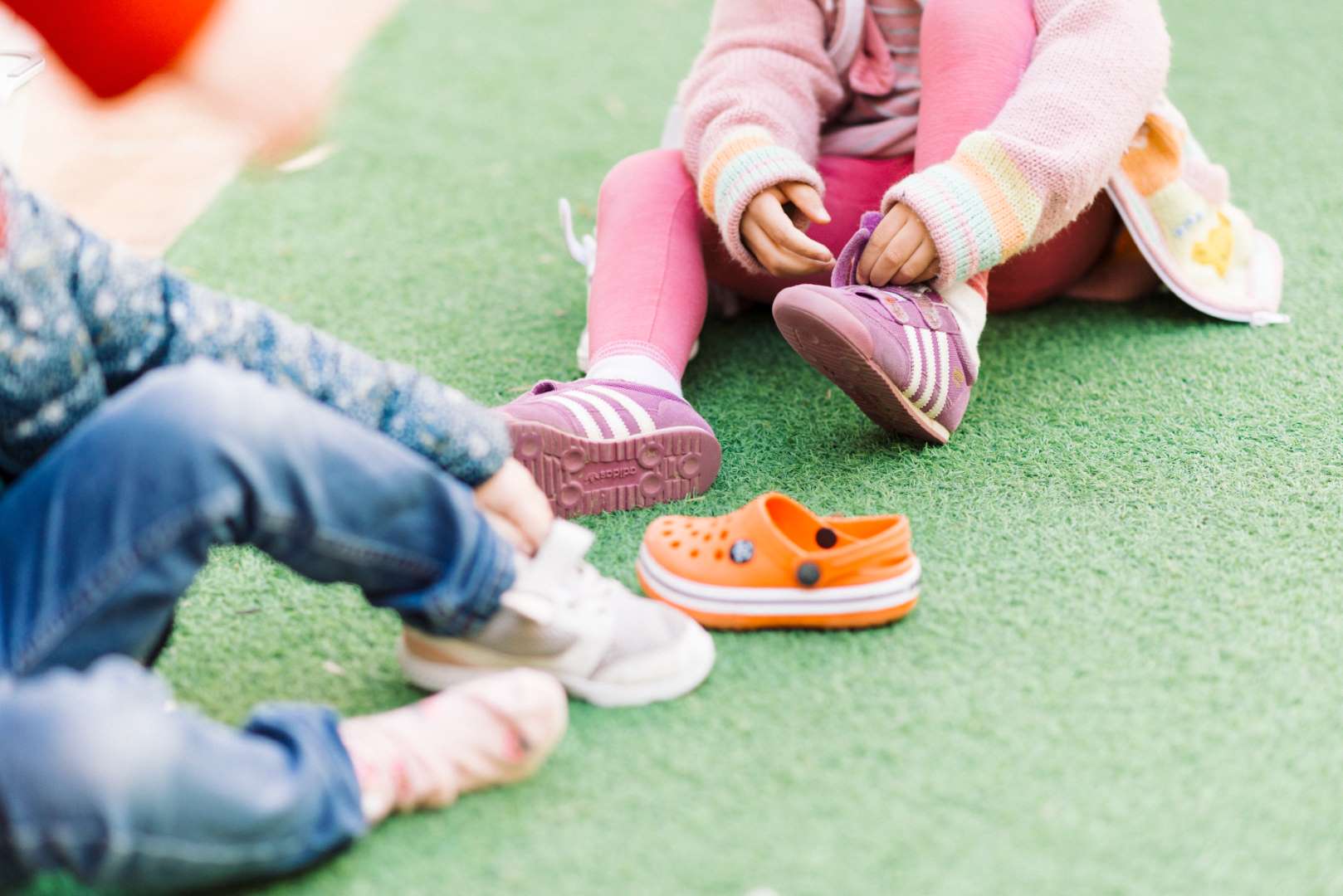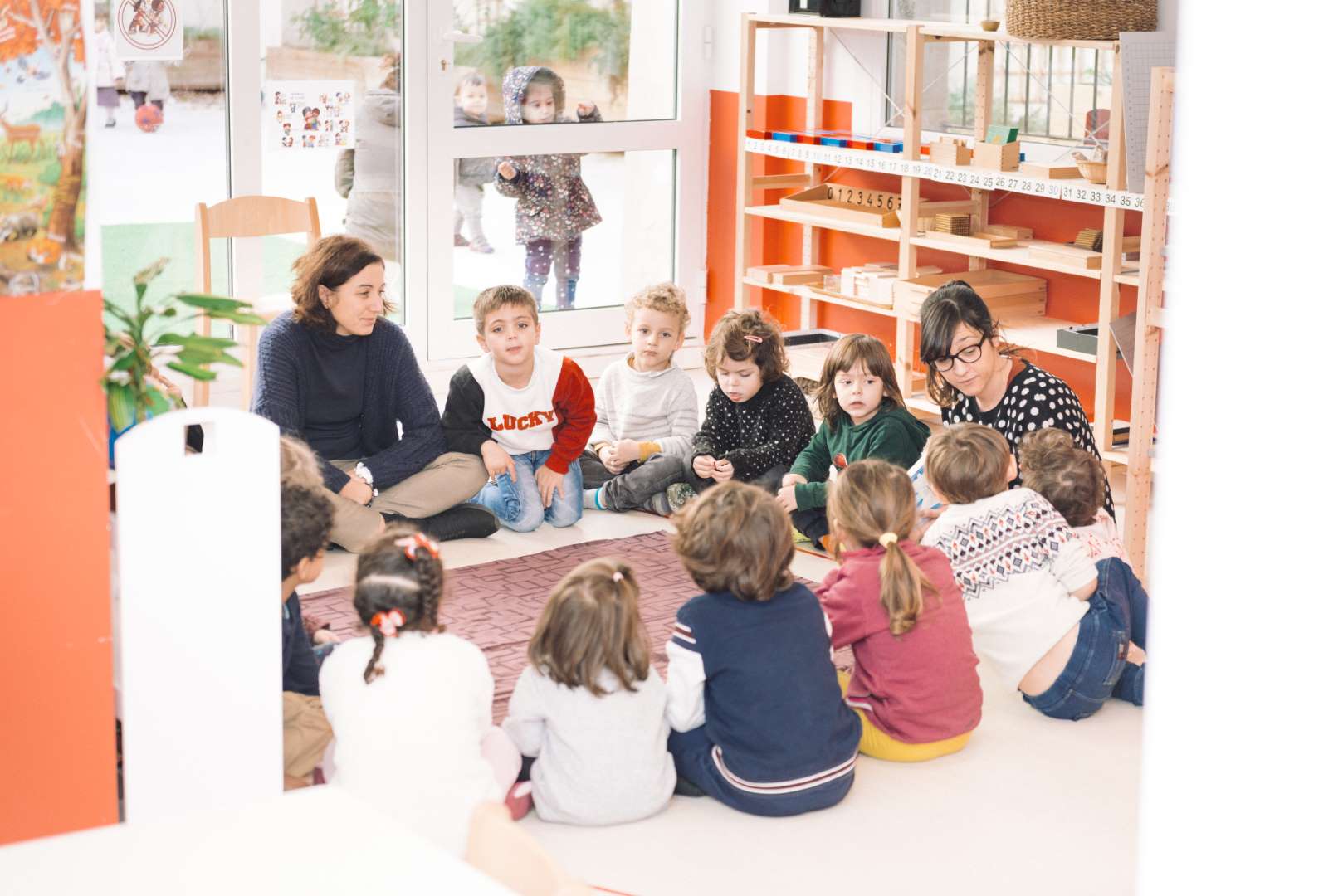Montessori Pedagogy
The Montessori pedagogy is an educational method created in 1907 by Maria Montessori. Based on a global educational approach, it is intended to build the young human being in its entirety and on all levels: physical, social, emotional and intellectual. It considers the child to be responsible for his or her own development. The school must therefore offer an individualized education that takes into account the child’s rhythm, strengths and challenges. The child must find an environment and materials that respond to his or her desire to learn.
Sensitive Periods
A sensitive period is a phase during which the child is unconsciously sensitive to certain aspects of his environment, while excluding others.
During these “sensitive periods”, the child has particular potentials that allow him to naturally acquire various human aptitudes (language, walking, writing…). These periods are therefore phases of acquisition and construction, but they are fleeting, transitory; once the character is developed, the “sensitivity” ceases. It is therefore essential that the school offers the child the means to develop, at the right time.
Free choice of learning
In order to encourage the development of autonomy, the child can choose his or her activities from among proposals that meet the challenges of sensitive periods.
The child can continue the activity as long as they wish if the construction of his or her intelligence requires it. This length of time is sometimes necessary for children to find their concentration.
Therefore, each morning and afternoon we offer two and a half hours of independent activity (individual activities). The activities are divided into four main learning areas: practical life, sensorial, language, and mathematics.
In primary school, the practical life and sensory areas are abandoned to make room for other learning activities.
The Montessori environment: the ambiances
The freedom of choice for learning is relative as the child chooses his or her work in an environment where nothing is left to chance. The environment is meticulously prepared to allow the child to be independent and autonomous (it must therefore be secure), but this place must allow the child to be active by proposing attractive material. Thus, we speak more easily of “Ambience” rather than of classrooms.
It should be remembered that the children do not have an assigned table and that the work is often organized on the small mats on the floor to promote psycho-motor development.
The educator as a link between the environment and the child
The educator, and adults in general, are only there to guide children on the way to learning. They must be able to observe the differences in the child’s rhythm, to pick up on the slightest signs of evolution in order to identify sensitive periods.
They then act with accuracy and discretion.
In a Montessori classroom, there is no competition between children. Each child works individually, or in cooperation with other children. The progress made is only quantifiable in relation to the child’s previous work. It is not compared to the success of others.



